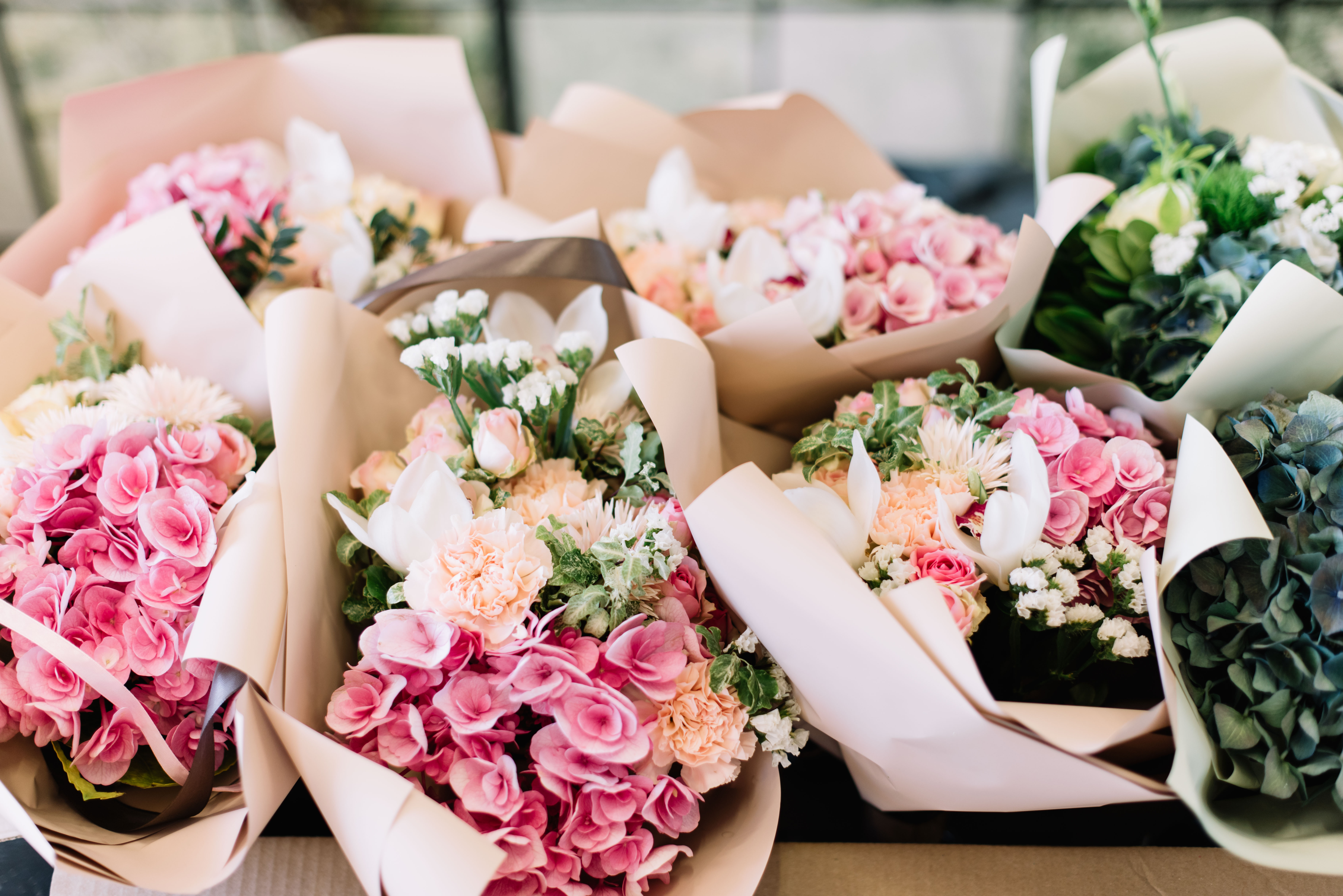All around the world, in diverse cultures and religious traditions, flowers are used for their ephemeral beauty in funeral rites, to comfort the bereaved as an expression of sympathy as well as to honour the dead and symbolise their passing to a new life.
Buried treasure
Evidence of flowers being used more than 60,000 years ago to treat, decorate and respect the deceased was first found in 1960 by young US archaeologist Dr Ralph Solecki who uncovered a Neanderthal skeleton in Shanidar Cave in northern Iraq. Around the mummified body was evidence of the pollens of cornflowers, yarrow, hollyhock, grape hyacinth and other wildflowers having been strewn around and interred with the body. While scented flowers may have served a practical and therapeutic purpose in disguising and retarding odours and decay in early mortuary practices and burials, Dr Solecki believed the use of flowers in death was also one of the first signs of human ritual.
Sweet symbols
Through the centuries, the fragility and seasonality of flowers came to symbolise death and rebirth as frequently depicted in art and myth. According to the Myths Encyclopedia early Egyptians put a lotus bloom into the hands of the dead to symbolise the new life their souls had entered. The ancient Romans saw roses in a similar way and would plant the bushes on significant graves.
From ancient Greece came the tradition of weaving funeral wreaths to represent the continuing cycle of life and death. Framed in a circle of leafy branches such as willow or cypress, these were often also adorned with flowers. The tradition continues to this day and has been widely adopted throughout the Western world as seen both permanently sculpted on war memorials and as fresh wreaths laid at significant events to honour the fallen such as Anzac Day and Remembrance Day.
Featuring in European folk legend, violets are seen as linked with death and mourning, with their pungent, sweet fragrance said to be similar to the aroma of the dead. Further afield, the Aztecs viewed flowers as markers of both life and death while the Indian Mexicans adopted fragrant and colourful carnations as flowers of the dead and to this day heap the blooms around corpses being prepared for burial.
The Chinese tradition favours lilies for purity and chrysanthemums for longevity in white or yellow in funeral bouquets. The chrysanthemum’s white blooms are reserved only for funerals, wearing on funeral attire or placing on graves. Likewise, chrysanthemums are associated with death in European nations such as France, Austria, Italy and Belgium.
In the time of Queen Victoria, who grieved the loss of her husband for many decades, a mythology developed that gave a meaning to every flower.
Australian practice
In modern-day Australia, we send flowers to the home of the bereaved or directly to the site of the funeral. A wreath may still be used to decorate the coffin and the chapel or memorial venue. Symbolising respect and purity, white roses are some of the most popular flowers to include in both wreaths and floral arrangements. In multicultural Australia, it always pays to check the wishes and traditions of the deceased family’s cultural background before sending flowers or wreaths.
